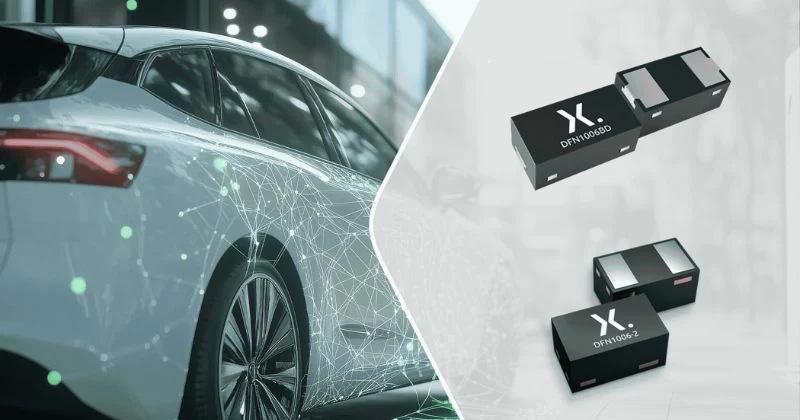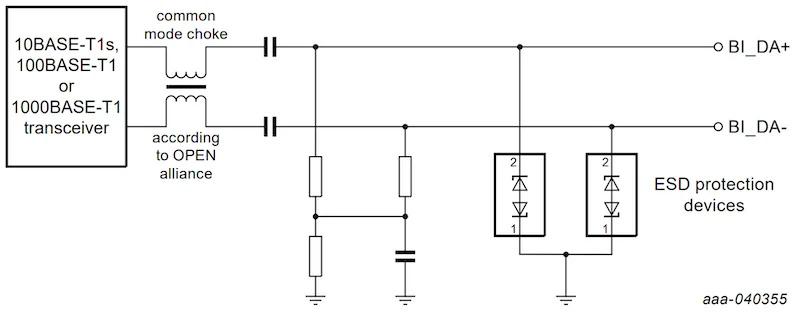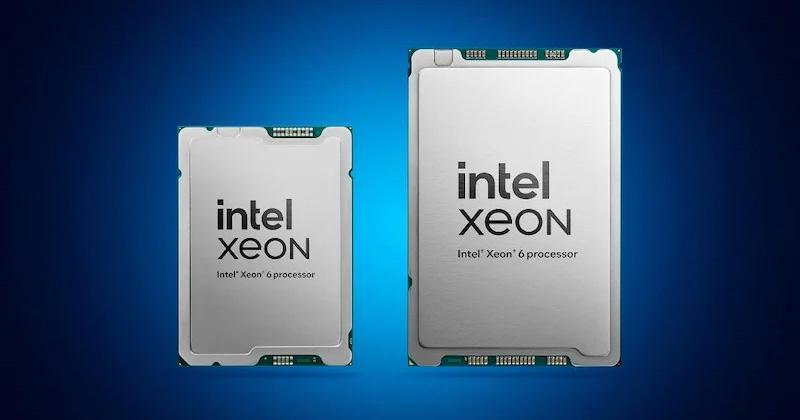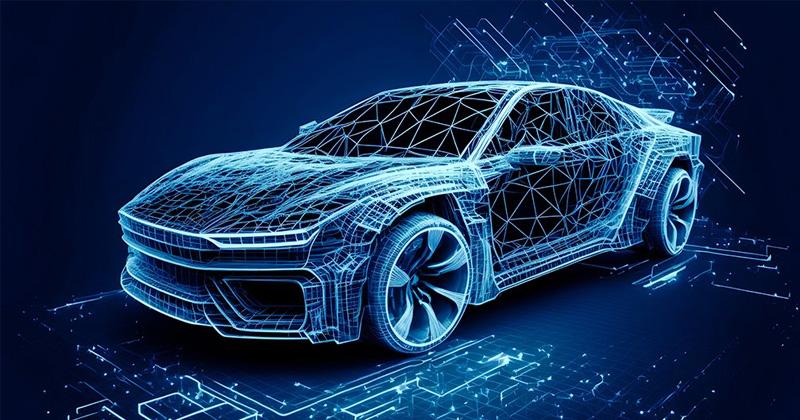
Nexperia Introduces 10BASE-T1S-Compliant ESD Protection Diodes
Nexperia recently released 10Base-T1S electrostatic discharge (ESD) protection diodes to help automotive manufacturers simplify board designs for high-speed applications.

Nexperia has released the PESD1ETH10L-Q and the PESD1ETH10LS-Q.
The company claims the PESD1ETH10L-Q and PESD1ETH10LS-Q (datasheets linked) are the industry’s first OPEN Alliance-compliant ESD diodes designed specifically for automotive Ethernet applications. The OPEN (One-pair Ether-net) Alliance is a non-profit organization of automotive manufacturers working to establish standards for in-vehicle networking. Nexperia designed the new diodes to protect high-speed applications, such as those using 100BASE-T1 and 1000BASE-T1 networks.
Covering a Range of Automotive Board Net Voltages
The AEC-Q101-qualified diodes have a low capacitance of 0.4 pF to ensure high signal integrity and a high trigger voltage of 100 V. They cover a wide range of automotive board net voltages, including the typical 12 V for standard cars, 24 V for trucks, and 48 V for hybrid and electric vehicles. It also provides protection solutions up to 18 kV and up to 15 kV with 1,000 discharges.

Application diagram of the PESD1ETH10L-Q.
The PESD1ETH10L-Q measures 1.0 mm x 0.6 mm x 0.48 mm while the PESD1ETH10LS-Q comes in a slightly smaller package of 1.0 mm x 0.6 mm x 0.37 mm. Both diodes are housed in surface-mounted plastic packaging with side wettable flanks. This casing protects devices in automotive in-vehicle network bus lines from ESD damage and other transients.
Backward Compatibility With Legacy Protocols
Ethernet networks have become essential to advancing automotive connectivity, enabling faster and more efficient communication between the advanced systems within modern vehicles. As the industry transitions to high-speed networks, older standards like LIN and CAN, which operate at lower speeds, will still be active to keep prices low. Until these protocols are completely phased out, Nexperia's diodes will have backward compatibility with legacy communication protocols.
The Local Interconnect Network (LIN) protocol is a serial communication standard that transmits data one bit at a time. It consists of a header that specifies the message ID and data length, along with a data field that contains the actual information. The Controller Area Network (CAN) protocol uses multiple microcontrollers to communicate without a central computer. CAN transmits messages via a priority system, which ensures that critical data gets through first.
These standards allow manufacturers to cater to various communication needs in modern vehicles, enabling efficient connections between sensors, control units, and data processing systems while optimizing costs and performance.
With new vehicles adopting faster Ethernet standards—such as the OPEN Alliance 10BASE-T1S, 100BASE-T1, and 1000BASE-T1—automotive manufacturers may require a single-line ESD protection solution; Nexperia's new diodes may be worthwhile considerations for the task.



